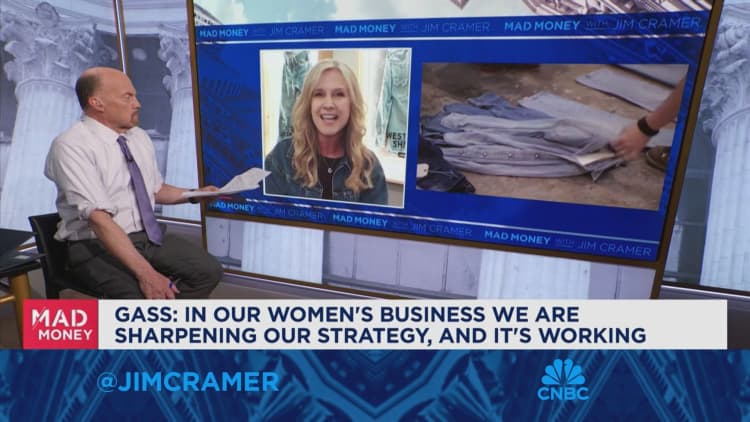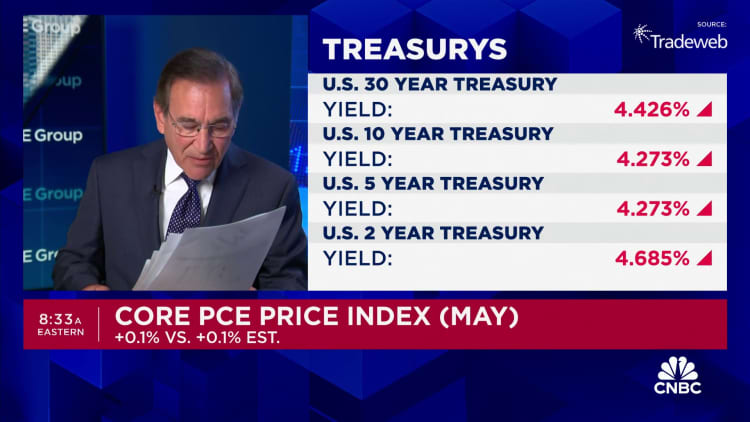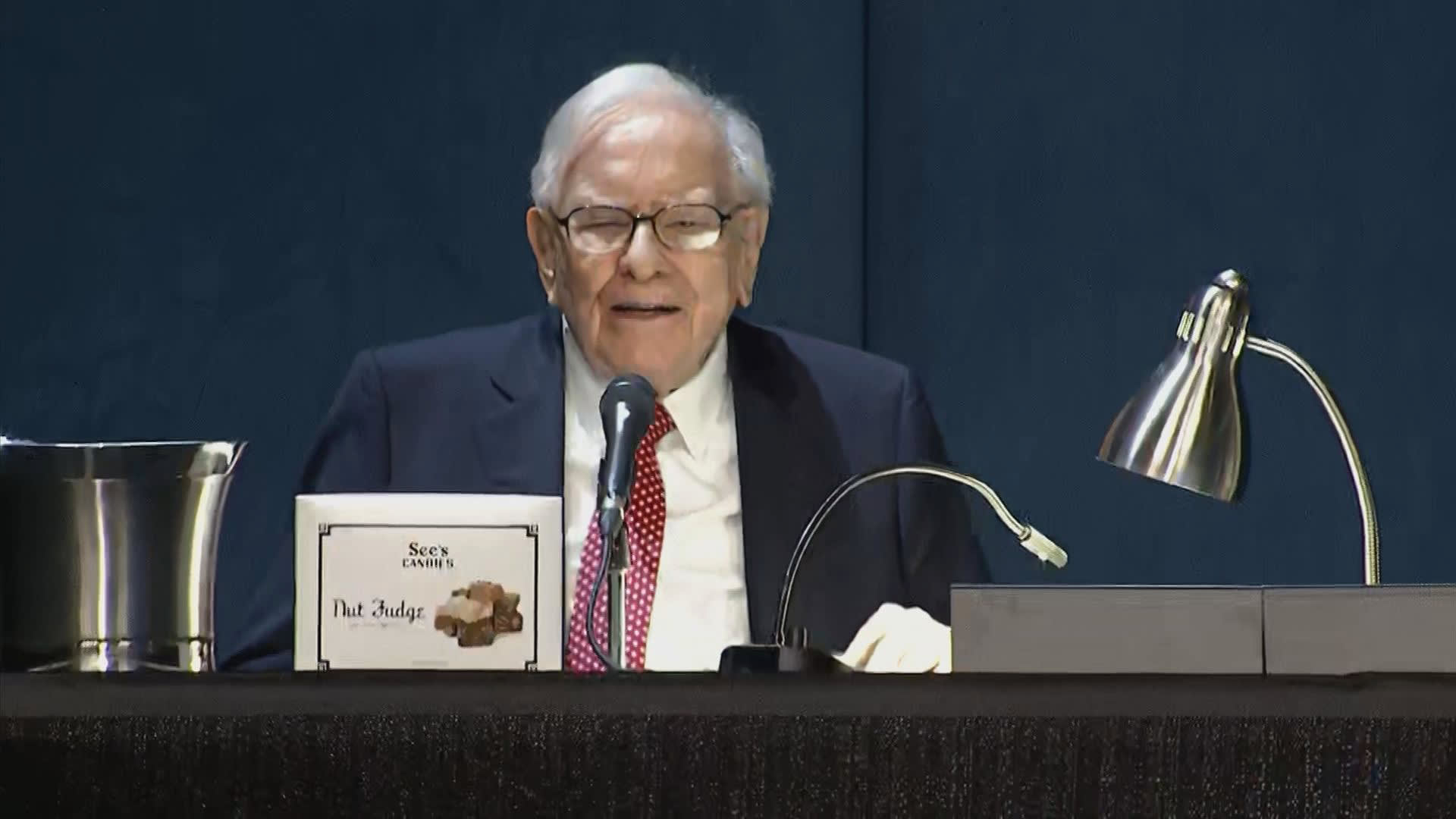Published
30 seconds ago
on
June 28, 2024 Graphics/Design:
See this visualization first on the Voronoi app.
The Most Expensive U.S. Metro Areas to Raise a Child
This was originally posted on our Voronoi app. Download the app for free on iOS or Android and discover incredible data-driven charts from a variety of trusted sources.
Raising a child can be expensive, often costing hundreds of thousands of dollars from birth through to adulthood.
This graphic shows the 10 most expensive metro areas to raise a child in, among the 50 largest U.S. metropolitan areas. Costs include food, housing, childcare, healthcare, transportation, and other necessities. All figures are as of February 2024. Data is from SmartAsset.
Methodology: SmartAsset used MIT Living Wage Calculator data to compare the living costs of a household with two working adults and one child to that of a childless household with two working adults in extensive metro areas. Boston Tops the List
Raising a child in a large U.S. metro area costs an average of $25,181 per year.
The Boston-Cambridge-Newton, MA, area is the most expensive, at $37,758 annually. Childcare costs $22,806 annually, and additional housing needs cost $5,425.
Metro areaAnnual cost (USD)ChildcareHousingFood, healthcare, transportation Boston-Cambridge-Newton, MA37,75822,8065,4259,527 San Francisco-Oakland-Berkeley, CA35,64219,5545,92410,164 Washington, DC35,55424,8862,7627,906 San Jose-Sunnyvale-Santa Clara, CA34,41518,8675,35210,196 Hartford-East Hartford-Middletown, CT32,13519,1524,0658,918 Denver-Aurora-Lakewood, CO31,66318,2504,4158,998 San Diego-Chula Vista-Carlsbad, CA30,82914,5427,0569,231 Seattle-Tacoma-Bellevue, WA30,78117,9354,5588,288 New York-Newark-Jersey City, NY30,46317,4753,9839,005 Los Angeles-Long Beach-Anaheim, CA30,23115,0906,1978,944 U.S Average25,18113,1873,3228,672
The San Francisco-Oakland-Berkeley metro area comes in second, with an annual cost of $35,642 per child. Washington, DC, ranks third with an average cost of $35,554. Washington also leads the country in childcare costs alone at $24,886 annually.
Additional housing costs are higher in the San Diego-Chula Vista-Carlsbad area, amounting to $7,056 annually. Meanwhile, the San Jose-Sunnyvale-Santa Clara area tops the list for food, healthcare, and transportation costs.
If you enjoyed this post, be sure to check out Ranked: The Most Valuable Housing Markets in America.



